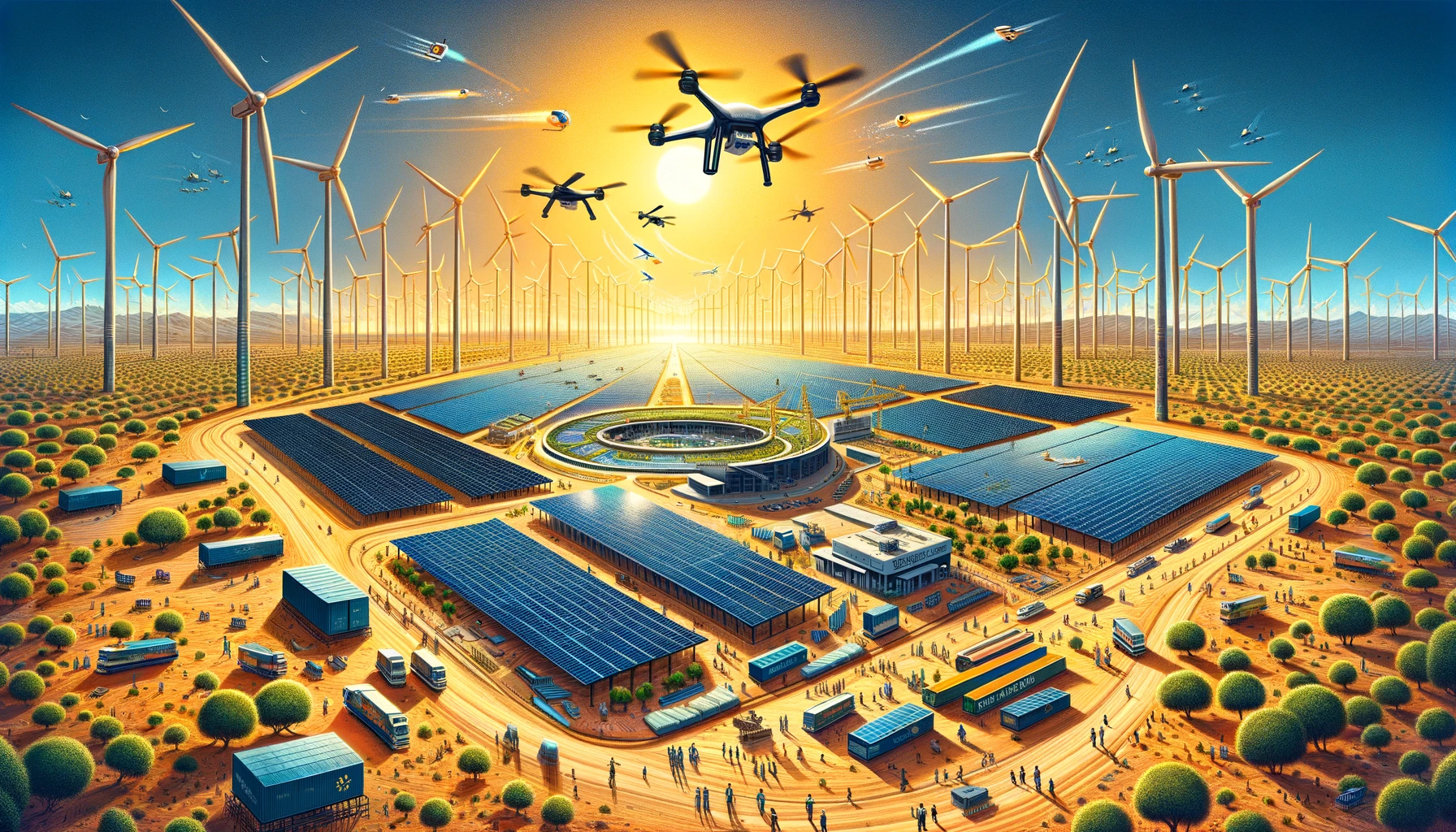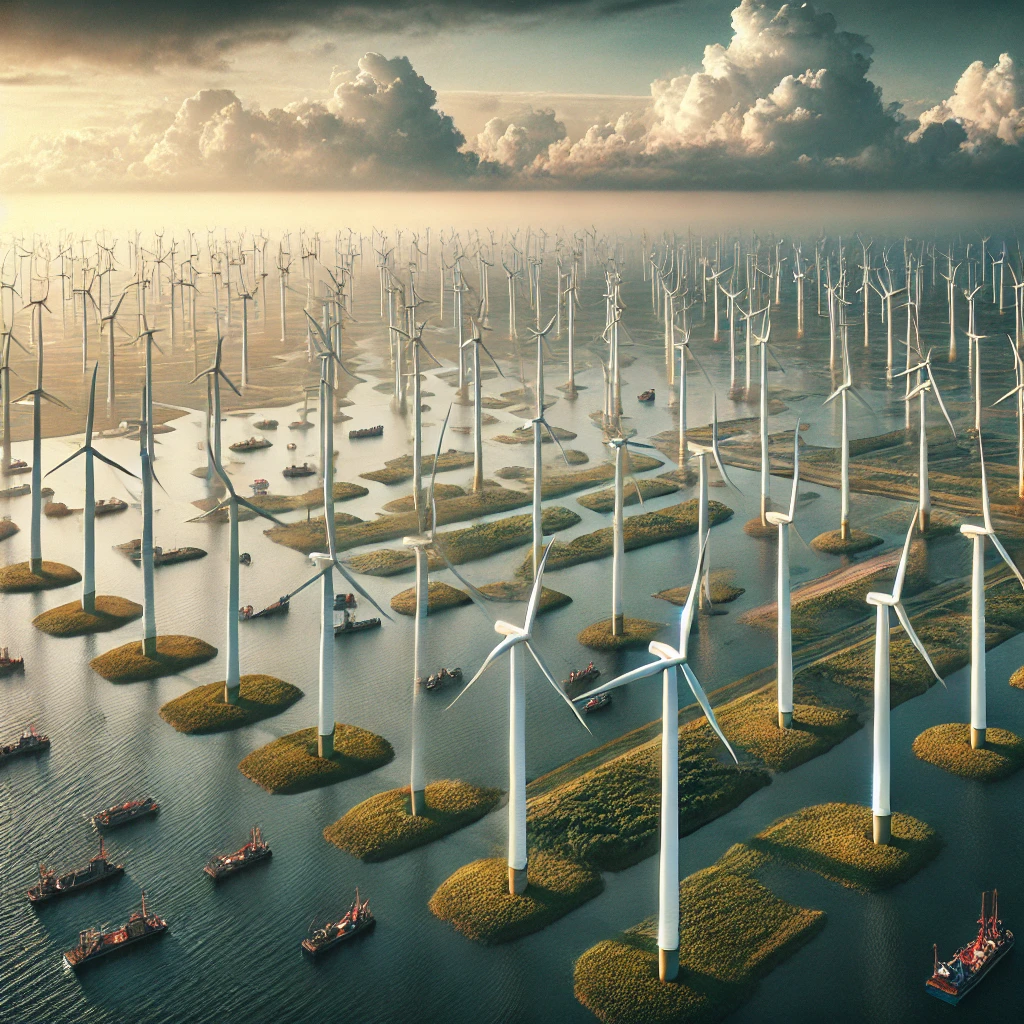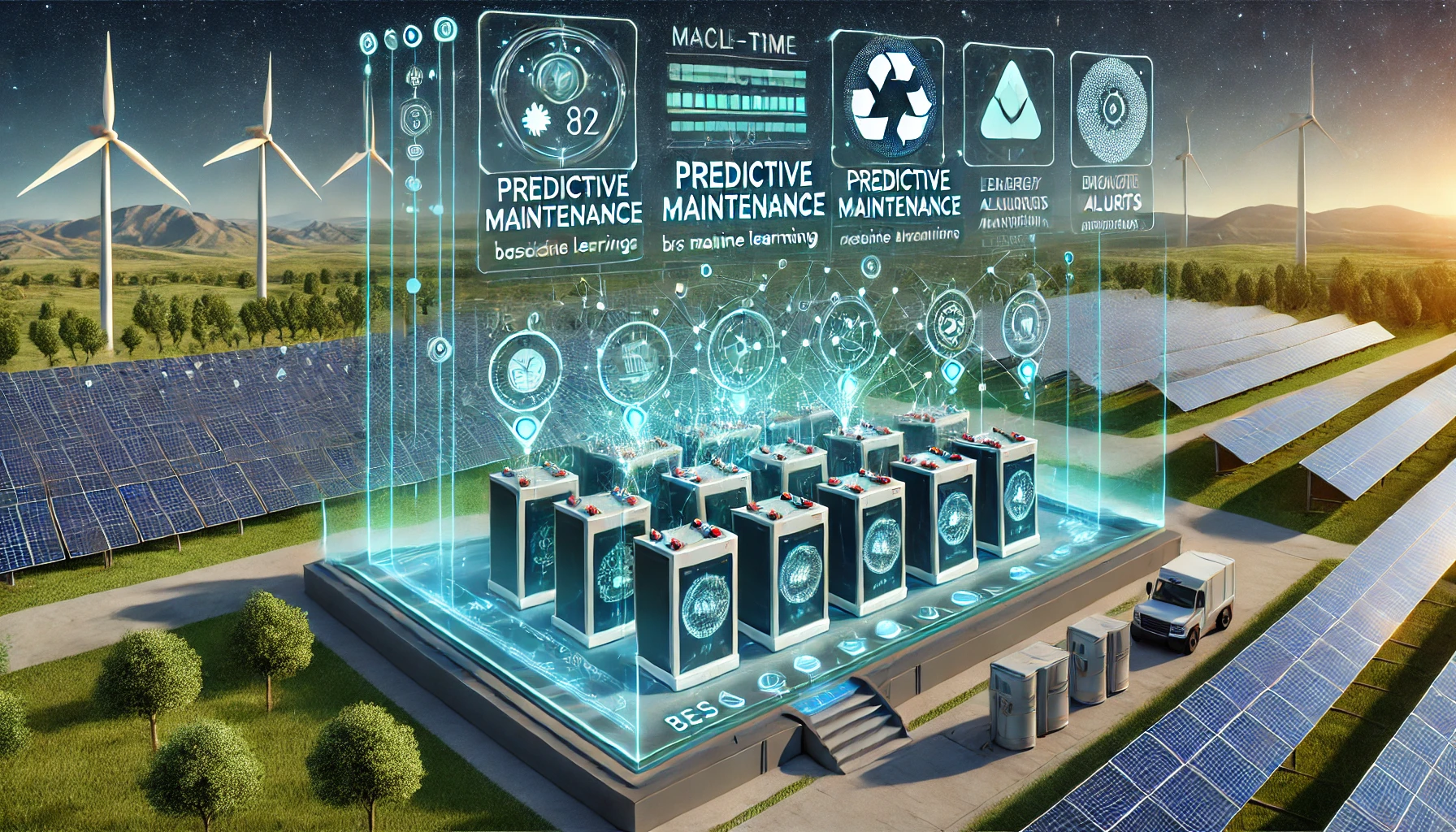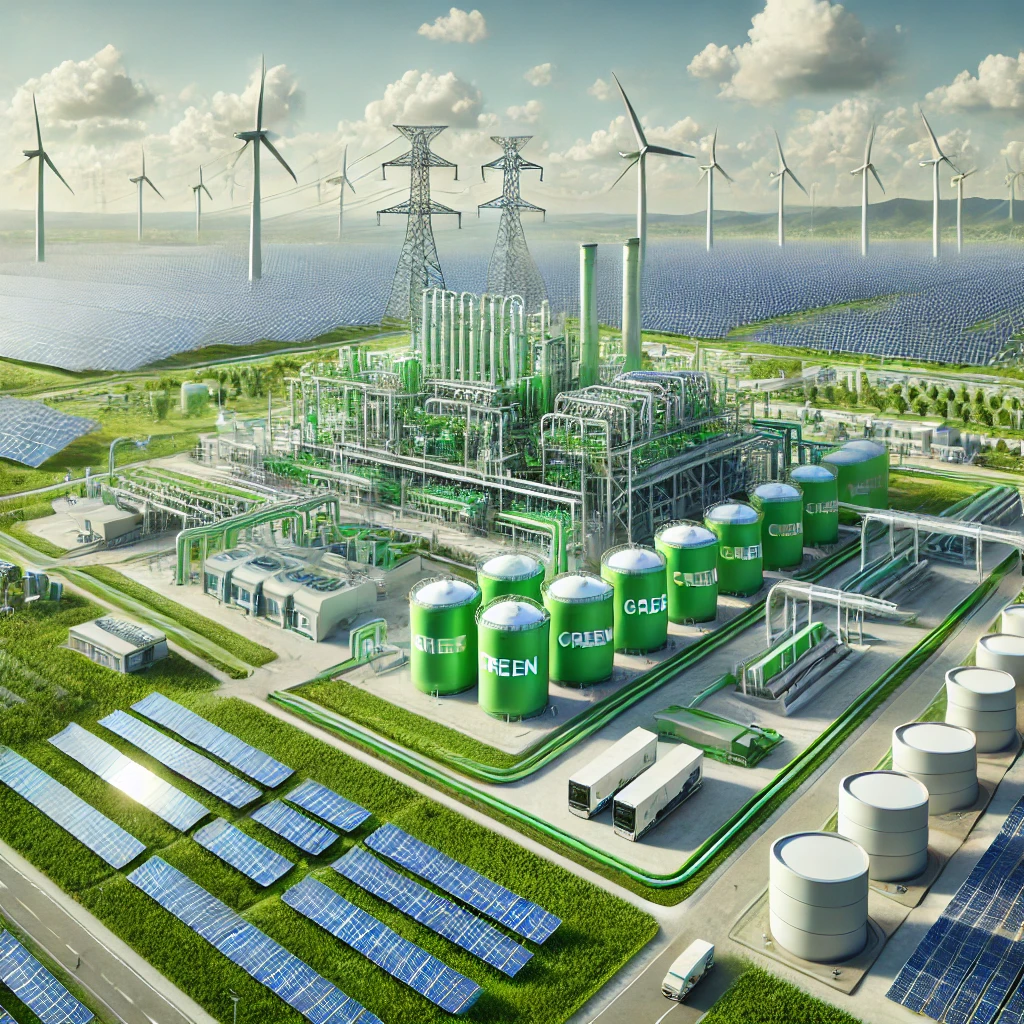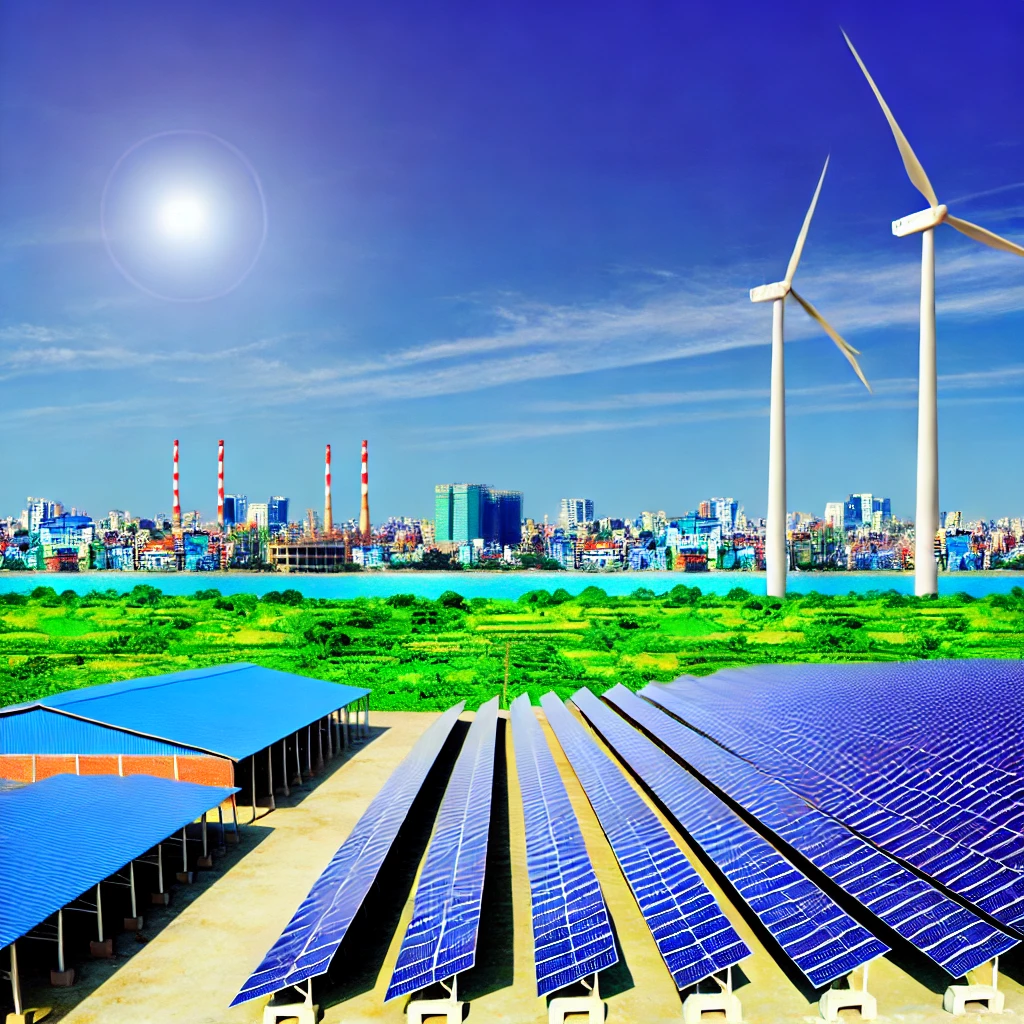India’s renewable energy sector has witnessed unprecedented growth, setting a new benchmark for renewables additions. For the fiscal year ending March 31, 2024, the country achieved a remarkable 18.5 gigawatts (GW) of renewable energy capacity. Notably, March saw a peak of 7.1 GW, significantly surpassing the previous record of 3.5 GW set in March 2022. This surge, primarily driven by solar energy, propels India closer to its ambitious target of 500 GW of non-fossil fuel capacity by 2031-32, aligning with Prime Minister Narendra Modi’s vision of a net-zero emissions nation by 2070.
Key Projects Driving Renewables Additions
Significant projects have substantially contributed to this year’s record in renewables additions. Among these, Adani Green’s 1.6 GW solar installation in Gujarat’s Kutch district stands out. This project is part of a larger initiative for a hybrid renewable energy park, which aims to achieve 30 GW of combined solar and wind capacity. The robust addition of over 6.2 GW of new solar capacity from domestic production has bolstered India’s solar panel production capacity to 68 GW, demonstrating substantial growth in the domestic solar equipment market.
Expanding Markets and Export Opportunities
The significant increase in renewables additions has also stimulated the demand for domestic solar equipment and catalyzed expansion plans for international markets, particularly the United States. This is especially pertinent in anticipation of upcoming U.S. duties, potentially as high as 254% on solar panels imported from Southeast Asia starting June 2024. India currently exports electricity primarily to Bangladesh, Nepal, and Bhutan, with minor contributions to Myanmar, and is actively exploring renewable power trading opportunities with nations like the UAE, Saudi Arabia, Sri Lanka, and potentially extending to Southeast Asia.
Challenges in Scaling Renewable Additions
Despite the advancements in renewables additions, India faces several challenges that could impede further growth. Issues such as grid stability and the high costs associated with integrating increased renewable capacity are significant hurdles. A strategic approach that balances the adoption of clean energy with targeted exports is crucial for supporting growth in the power sector without jeopardizing national climate goals.
Conclusion: A Sustainable Future with Renewables
As India navigates through its general elections, the focus on renewable energy reflects the country’s dedication to achieving its climate targets. The commitment to substantial renewables additions is essential for maintaining momentum and ensuring the nation meets its goal of a sustainable, net-zero future. The continuous push for renewables addition underlines the critical importance of both national policy frameworks and international cooperation in India’s energy strategy.
